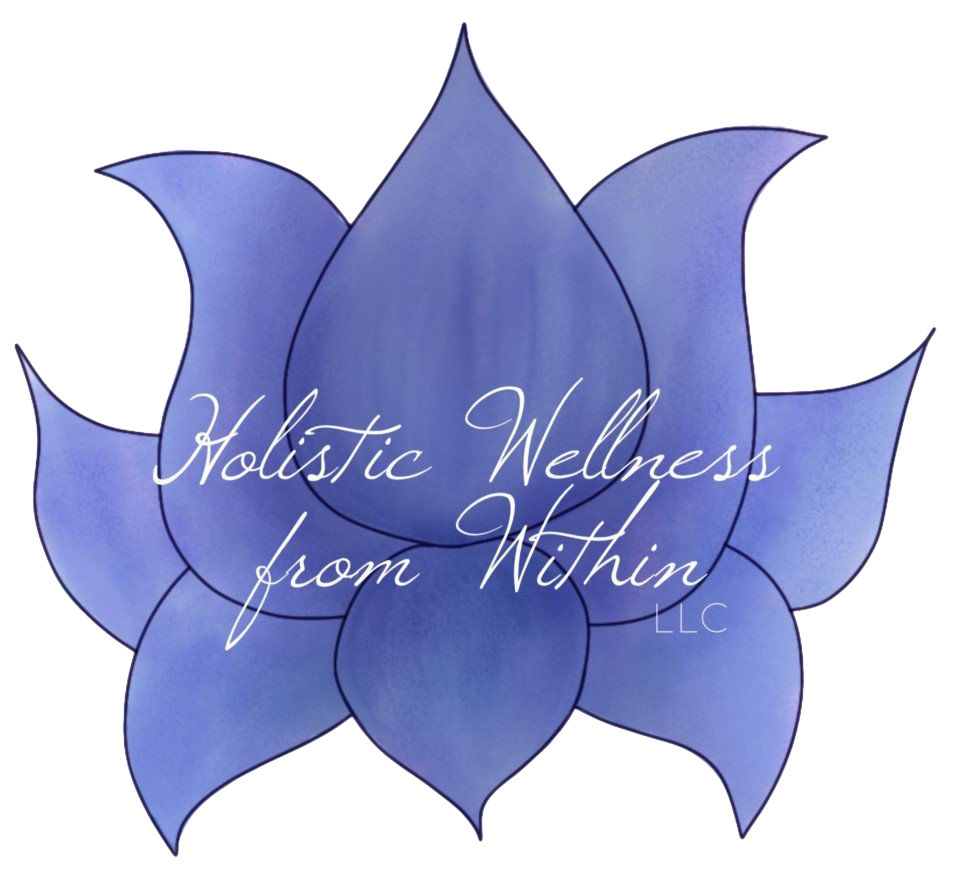Gluten-Free Diets
A Manageable Life-Long Process
The treatment for gluten intolerance is a manageable process. This process begins with a 100% gluten-free diet and must continue for life. Even if you feel you are not sensitive to gluten, it would be best to avoid consuming gluten and it is hard to digest.
What Is Gluten-Free?
Gluten-free requires removing all gluten from the diet. This means eliminating all products that might contain wheat and other offending grains such as rye, oats, and barley.
Some who are gluten intolerant must even stay away from the presence of gluten. Even if the gluten is not ingested, it can still cause problems.
It is important to carefully read all product labels because products labeled wheat-free are not necessarily gluten-free.
Despite these restrictions, one with gluten intolerance can eat a well-balanced diet with a variety of foods. I would recommend avoiding bread and pasta altogether since these are not nutritional dense foods, even though I will discuss some substitutes that you can eat on special occasions that are gluten-free options.
Beware of These Names and Terms
Durum flour, couscous, semolina, spelt, kamut, bulgur and triticale, a grain crossbred from wheat and rye, are all names for certain kinds of wheat.
Beware of terms like starch as this may indicate corn starch or wheat starch. Other terms to watch out for are dextrin, malt, maltodextrin, modified food starch, fillers, natural flavoring, hydrolyzed vegetable protein (HVP), and hydrolyzed plant protein (HPP) because they may also contain gluten.
What Foods Contain Gluten?
Most cereals, grains, pastas, breads, and almost all processed foods contain some type of gluten, unless of course, they are specifically made to be gluten-free. Note that oat-based products contain traces of gluten although they are labeled gluten-free.
Vegetable cooking sprays, tomato pastes, spaghetti sauces, and veined cheeses, such as Roquefort and blue cheese, may contain gluten.
Hidden Sources of Gluten
In addition to food ingredients, many vitamins and medications can contain gluten in their additives. Before taking over the counter or prescription drugs always check with your doctor, pharmacist, or manufacturer to make sure the product is gluten-free.
It is important to make sure cross contamination has not occurred with the safe foods you ingest. Make sure no other gluten product has had contact with the cooking utensils and containers previously used. The cross-contamination culprits could be the toaster, the deep fryer, the griddle, even something as simple as the butter, peanut butter, or jelly.
Imitation seafood and instant or flavored coffees and teas may also be hidden sources of gluten. Always read these product labels but avoiding these products is the safest and best choice.
The glue used on envelopes and postage stamps contain gluten. It is best to use a moistened cloth or sponge to seal or attach these items. Some health and beauty aids contain gluten so check labels on lotions, creams, and cosmetics.
Chewing gum may also contain gluten since it might be dusted with wheat flour to keep it from being sticky.
What Foods Do Not Contain Gluten?
There is a wide variety of foods that do not contain gluten. They include all fresh vegetables, fresh fruits, fresh meat, fish, aged cheeses, dried beans, dried peas, rice and so on.
There are many canned and processed foods that do not contain gluten, but the labels must be checked carefully. What might be safe one time might not be the next since manufacturers tend to change their products periodically. Also, as previously stated oats often contain gluten even when the product states it is gluten-free.
Wheat Flour Substitutions
Becoming gluten-free requires removing all gluten from the diet. This means eliminating all products that might contain wheat and other offending grains such as rye, oats, and barley.
Wheat Flour Substitutions
There are many flours that can be substituted in place of regular flour when baking gluten-free products. This list is short as I only recommend a few of the gluten-free alternative flours. All flours are processed and should be eaten sparingly.
Almond or other nut flours – nut flours are abundant since Keto diets have become popular. For many nut flours are best since they are not made from grains which can cause digestive issues in some people.
Coconut Flour – Another nut flour that works well in some recipes.
Rice flour, brown or white, is a good substitution when thickening gravies, sauces, and cream pies.
Tapioca flour imparts the chew factor to baked goods and is excellent if used in small quantities.
There are loads of other gluten-free flours, but these are the ones I use on special occasions. You diet should consist of natural foods that do not have labels, avoiding highly processed foods as much as possible. Eat mostly unprocessed meats and lots of vegetables.
Can You Purchase Gluten-Free Products?
You can purchase gluten-free mixes and flours from a variety of sources. Many companies are dedicated to offering gluten-free flours and products. Health food stores are also a good source for these products. Of course, the grocery store is full of products that gluten intolerant shoppers can use.
The gluten-free market has become very profitable and most of these pre-packaged products are still processed foods that are best avoided or eaten in very small amounts.
Disclaimer: The entire contents of this handout/questionnaire/flier are based upon the opinions of Doreen McCafferty, unless otherwise noted. Individual articles and resources are based upon the opinions of the respective author, who retains copyright as marked and is listed as such in the material. This information is not intended to replace a one-on-one relationship with a qualified health care professional and is not intended as medical advice. It is intended as a sharing of knowledge and information from the research and experience of Doreen McCafferty and her community. Ms. McCafferty encourages you to make your own health care decisions based upon your research and in partnership with a qualified health care professional.
